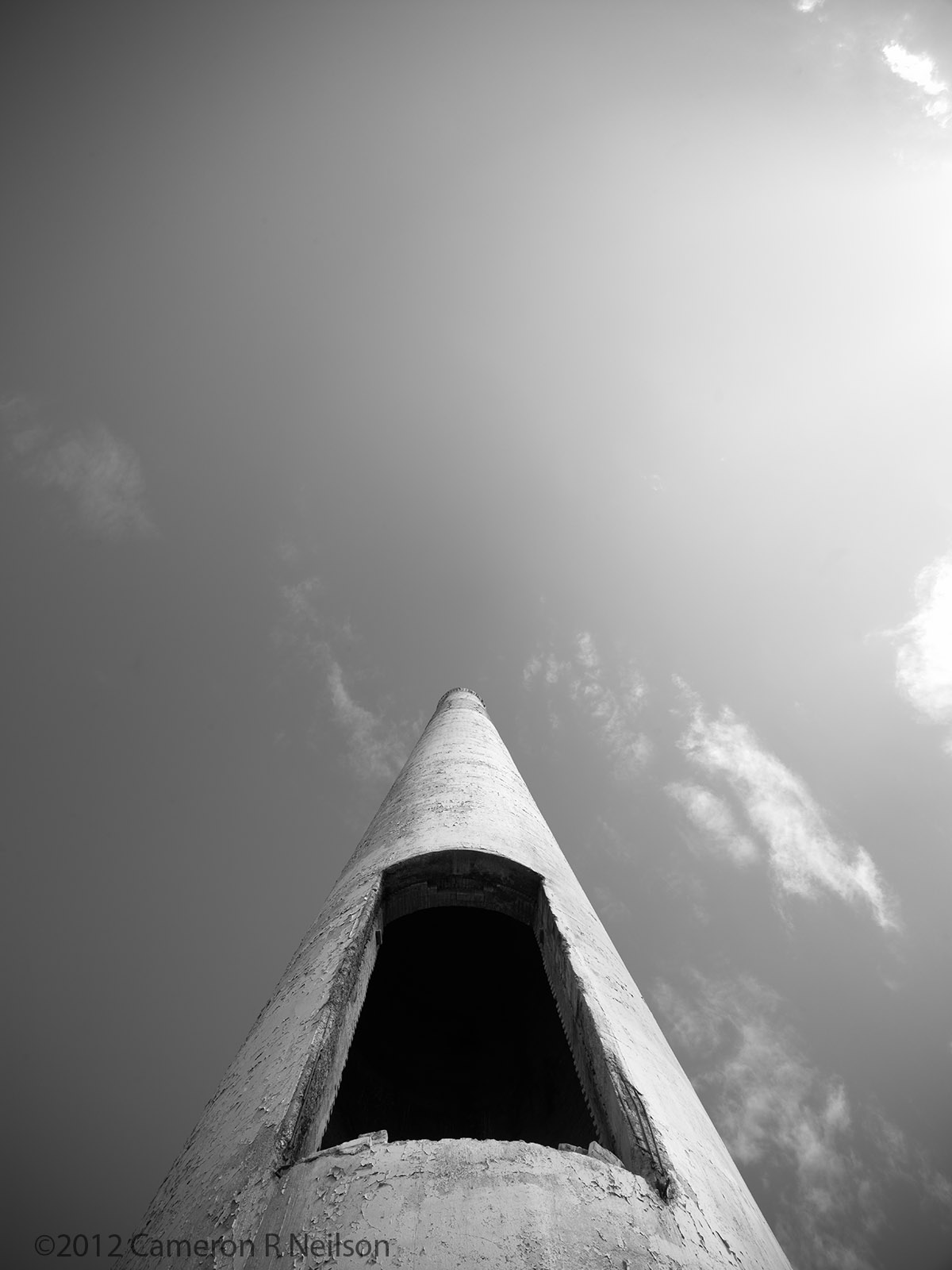Malheur is a French word meaning misfortune, bad luck, or tragedy. How fitting that it rhymes with manure.
Nearly every year since 1978 I’ve traveled to Malheur National Wildlife refuge to go birdwatching. It was a tradition my parents started which also coincided with spring break at school. As a little kid, this was pretty cool. We’d drive the six hours or so from Portland, OR., stay in funky old trailer homes at the Malheur Field Station, and I’d mostly play while my parents looked for small hidden birds. I didn’t know any better and figured this is what everyone did. As I got older, I embarrassingly learned, that most of my friend’s would go on cool vacations to the beach, the mountains, or even Disneyland. How naive I was. I also discovered that numerous college students studying at the frequent workshops at the Malheur Field Station were the epitome of Oregon’s weirdness (manifested later in the characters from the awesome tv series “Portlandia” especially in their skit about putting a bird on it). Against all odds, I began to like Malheur and through my father, Duncan Neilson, began to learn and love bird photography.
In the following years, he and I expanded our trips to incorporate the winter and fall seasons. The seemingly desolate Eastern Oregon landscape was colored not only by the migratory birds of the Pacific Flyway twice a year but also the year round bird residents. The hearty yet delicate ecology of the area spurred our burgeoning interest in landscape photography. We not only traveled with long telephoto lenses, but also 4×5 view cameras for the landscapes. The challenge of photographing little brown sage wren’s in and out of tall grasses was eclipsed only by our often failed attempts of making a seemingly flat landscape of sagebrush look grandiose.
The communities surrounding this landscape are the towns of Frenchglen, Princeton, Hines, and Burns. Through the years these towns have witnessed an unfortunate share of boom and bust cycles, openings and closings, and certainly plenty of interesting politics along the way. The local political cross hairs seem to always center on issues of land use–quite often cattle grazing on public lands.
Eastern Oregon is a complex patchwork of BLM , wildlife refuge , wilderness , and private lands. In this unlikely quilt, it’s common to see a privately held parcel of ranch land surrounded completely by BLM land, or BLM land within a larger privately held area, or even private land abutting total wilderness. It’s just nuts, yet there is one bounding force that doesn’t seem to care who claims the land, and that force is Nature. If current politics is any indication, some people share this same view.
Nature has no regulations except for those imposed by us: plants and animals cross easily between fields, traversing BLM to private in-holdings to wildlife refuge without a care. It’s simply our differences of distinction, delineation, and management of these lands and the nature they encompass that create the divisive behavior currently evidenced by the loony militiaman occupying Malheur National Wildlife Refuge.
There is plenty of well thought commentary (and some really good jokes) on this recent and frustrating matter, but there is something greater that troubles me. Birdwatchers have always been odd outsiders, and before their general acceptance by the local community, I felt a certain sense of animosity and even some acts of (mostly benign) violence directed my way when photographing birds, or just simply just observing them. I rack this up to a few bad apples and this doesn’t sway my positive view of this community. In the past ten years or so, the community has embraced the odd birdwatchers. I’ve even met several ranchers and farmers who’ve invited me onto their land to photograph the occasional owl, or give leads on other birds. I chalk this up to Malheur National Wildlife Refuge. The refuge has made a concerted effort to work with the community and ranchers to involve them in their management. It’s not just good for the wildlife, it’s good for the local economy as a whole.
I hope this current occupation of the Refuge by an outside interest doesn’t sully the ever developing, yet precarious balance, between public and private land stewardship and use in Eastern Oregon.
So why post this image? Simple. When I began shooting the Straight Up series I wondered if the concept would translate rural areas as well as it had in the urban environments. On my annual trip to Malheur I put Straight Up to the test in Eastern Oregon–my usual proving ground. This smoke stack is one of the few remnants of the Hines wood mill located just a few minutes from downtown Burns. As I walked up to photograph the structure, two Canada Geese flew in to the dark opening on its rising side. I came to discover that these birds had actually built a nest within the smoke stack making it their safe home.
This image reminds me that despite all the blowing smoke of current politics, throughout the booms and busts, nature always wins.
Nature finds home in the malheur of mankind.

